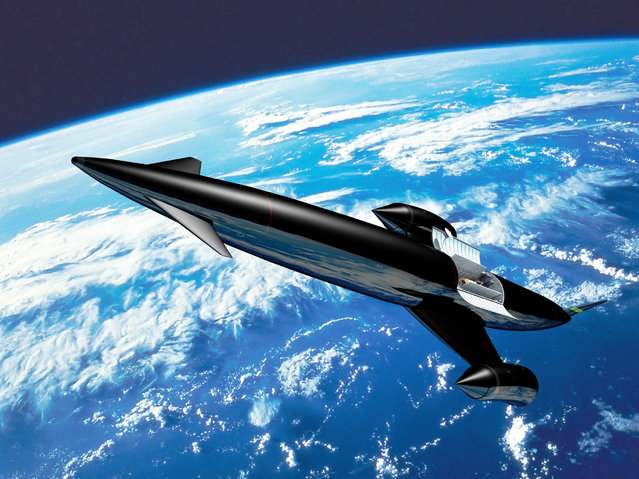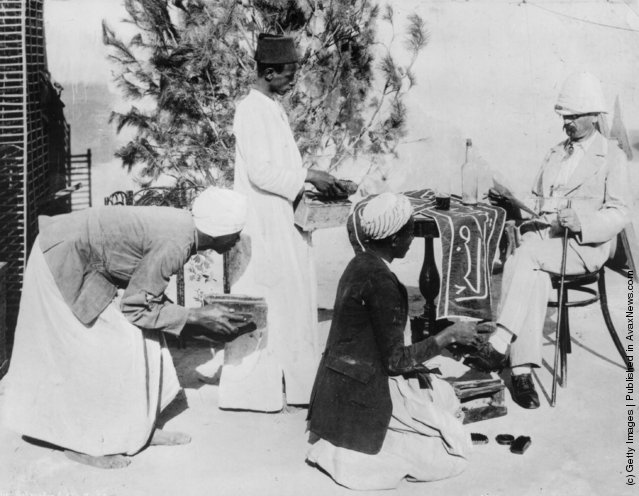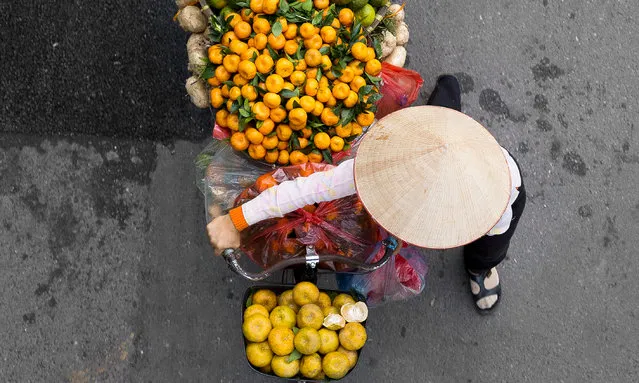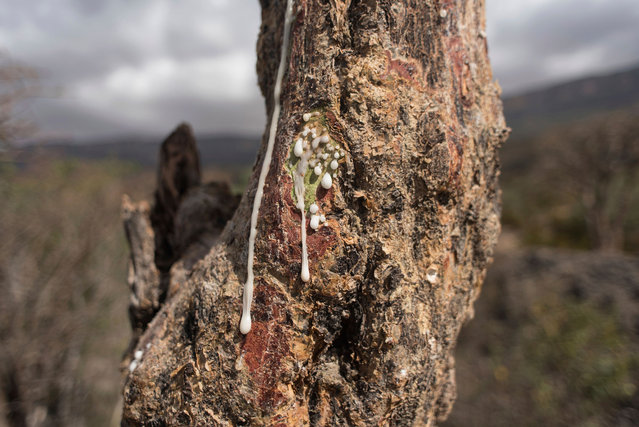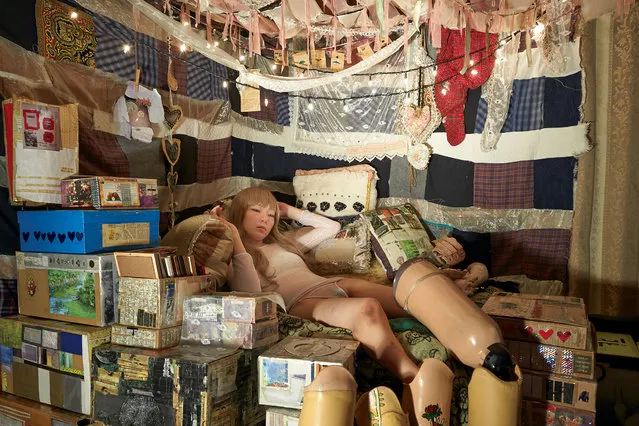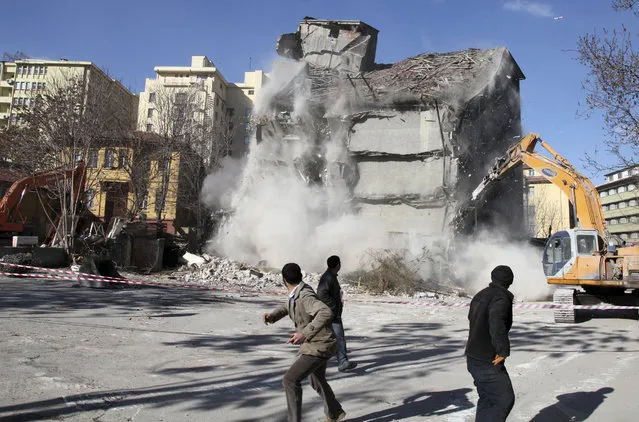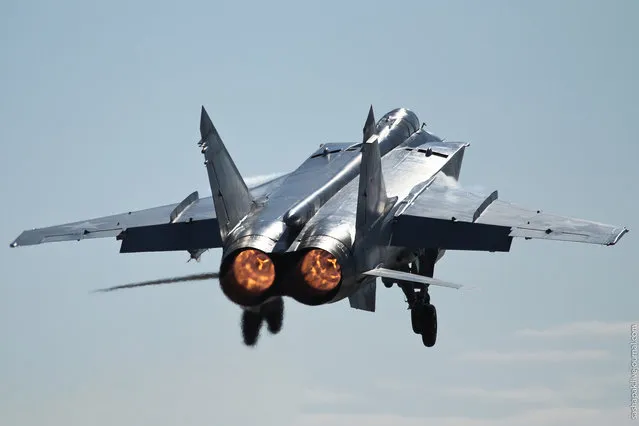
“The Mikoyan MiG-31 (NATO reporting name: Foxhound) is a supersonic interceptor aircraft developed to replace the MiG-25 “Foxbat”. The MiG-31 was designed by the Mikoyan design bureau based on the MiG-25”. – Wikipedia
Photos: The Mikoyan MiG-31 “Foxhound”. Russia, April 2012. (Photo by Alexandr Pak; Source: LiveJournal)
Photos: The Mikoyan MiG-31 “Foxhound”. Russia, April 2012. (Photo by Alexandr Pak; Source: LiveJournal)
21 Apr 2012 14:05:00,post received
0 comments

